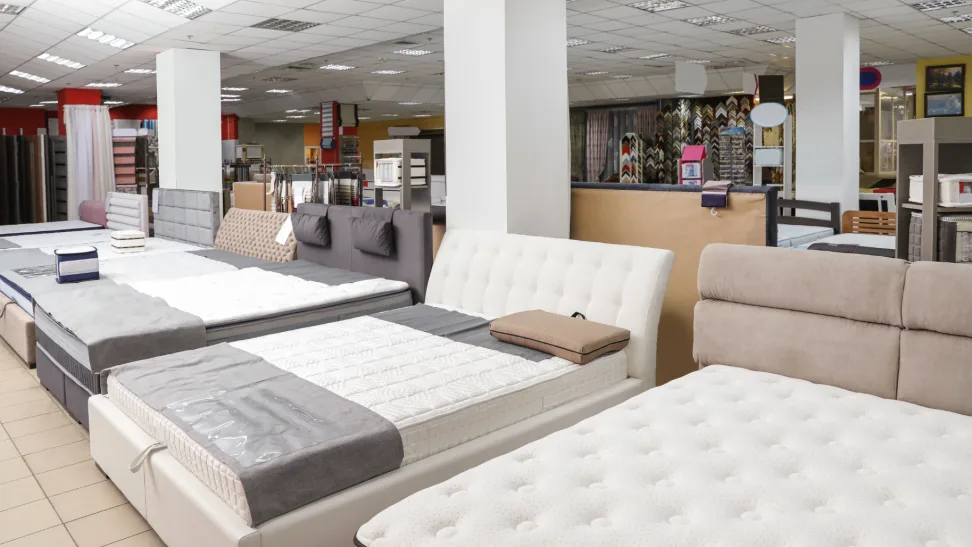Sleep
Fiberglass in Mattresses: What You Need to Know
Fiberglass is a material made from fine glass fibers, commonly used in budget mattresses as a flame retardant. It helps mattresses meet flammability safety standards without using harmful chemicals. However, problems arise when the protective layer around fiberglass breaks down. Once exposed, fiberglass fibers can leak out, showing up as shiny, hair-like threads or dust […]
